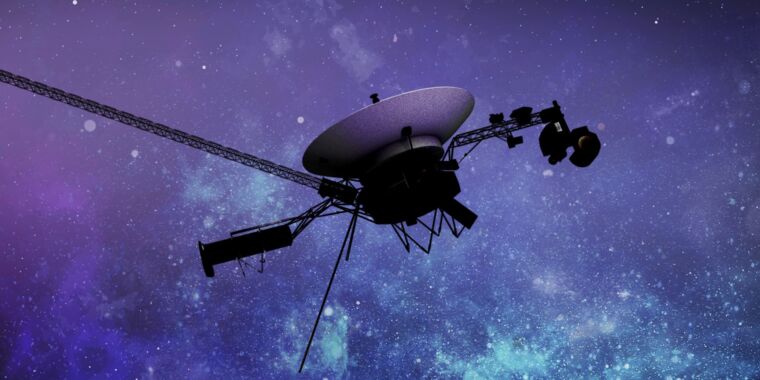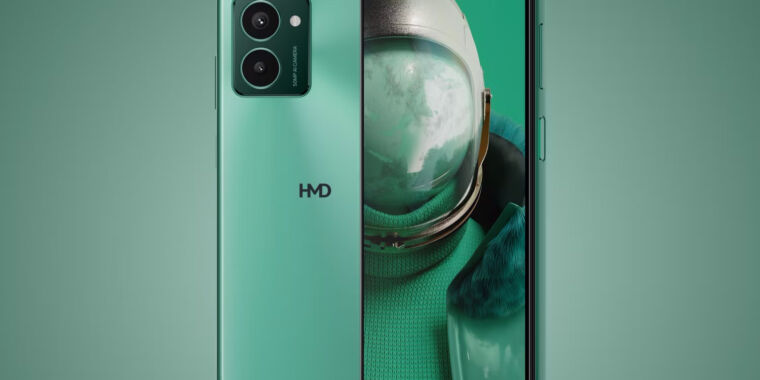Caltech/NASA-JPL
Four months have passed since NASA’s Voyager 1 spacecraft delivered a comprehensible communication back to Earth, leaving engineers bewildered by the probe’s interstellar exploration setback. However, the Voyager ground team at NASA’s Jet Propulsion Laboratory in California has been reignited with hope. On March 1, engineers issued a command to Voyager 1, positioned more than 15 billion miles from Earth, to delicately stimulate one of the spacecraft’s computers into experimenting with different software sequences. This marked NASA’s latest endeavor in long-distance troubleshooting to pinpoint the root of the issue impeding Voyager 1 from transmitting consistent telemetry data.
Cracking the Case
Authorities speculate that a corrupted memory module within the Flight Data Subsystem (FDS), one of the spacecraft’s primary computers, is the prime suspect behind the communication disruption. Due to Voyager 1’s immense distance, around 45 hours are necessary for ground engineers to understand the spacecraft’s response to their commands, given the 22.5-hour one-way light travel duration. The FDS retrieves scientific and engineering data from the spacecraft’s sensors, combining this information into a cohesive data package transmitted back to Earth by the Telemetry Modulation Unit through Voyager’s high-gain antenna.
Engineers highly suspect the FDS computer as the root of the issue. Communication systems within Voyager 1 seem to function nominally as the spacecraft emits a continuous radio signal back to Earth, yet the transmitted signal lacks any useful data. Consequently, while engineers confirm that Voyager 1 remains operational, they lack insight into the area of FDS memory causing the problem.
Voyager 1’s response to the March 1 troubleshooting command diverged from prior patterns observed since the issue began on November 14. NASA noted in a recent update that, notwithstanding the unfamiliar signal format, an engineer from the Deep Space Network managed to decipher the new signal, revealing a readout of the entire FDS memory.
Engineers are meticulously scrutinizing every segment of code within the FDS memory readout as a comparison to the memory data transmitted by Voyager 1 before the issue emerged in November. This painstaking process aims to reveal the source of the anomaly, requiring potential solutions awaiting implementation in the following weeks or months without causing additional harm.
Longstanding Journey
Since its 1977 launch, Voyager 1 encountered its most severe impediment yet. Following flybys of Jupiter and Saturn, Voyager 1 received a gravitational assist from Saturn propelling it towards the outer solar system. In 2012, Voyager 1 transitioned into interstellar space upon crossing the heliopause, marking the boundary where the solar wind confronts the galactic wind within the emptiness between stars.
Over 46 years, engineers have sustained Voyager 1 and its twin, Voyager 2, surpassing technical challenges that claimed other space missions. Despite dwindling power from nuclear batteries and concerns related to aging thrusters and fuel line obstructions, the ground crews consistently devised solutions sourced from decades-old spacecraft blueprint archives to salvage the Voyagers whenever obstacles arose.
NASA’s project manager for Voyager 1 and Voyager 2, Suzanne Dodd, emphasized that engineers face their most substantial challenge yet in restoring Voyager 1’s operations. However, the recent breakthrough provided by Voyager 1’s communication serves as a pivotal clue guiding engineers towards accomplishing this miraculous feat.
Image/Photo credit: source url





